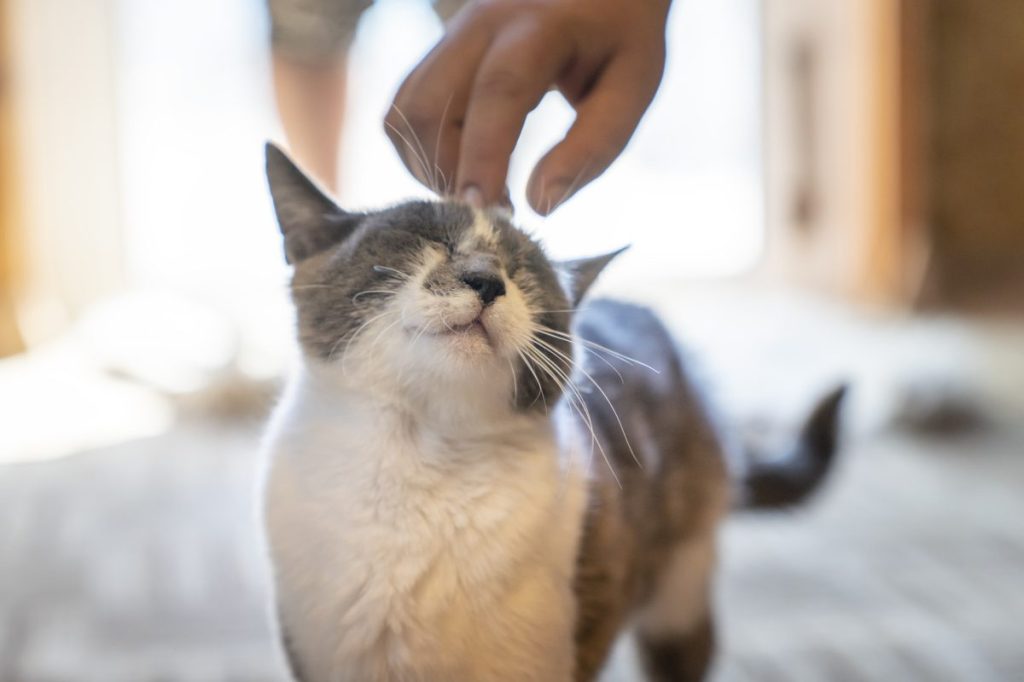The secret behind how cats produce their enchanting purring sound has finally been discovered by scientists. Interestingly, it seems like these furry creatures share more similarities with pop stars than we ever imagined.
New findings published in Current Biology reveal felines use a unique technique similar to vocal fry — like that famously employed by singers Britney Spears and Katy Perry. In so doing, it allows cats to produce their purring sound on autopilot.
The fascinating anatomy behind cat purring
After years of mystery surrounding the origins of cat purrs, scientists have found a unique anatomical feature in felines. Other animals utilize a specific contraction and relaxation technique in their vocal folds. In contrast, feline vocal folds contain a “specialized pad,” enabling them to produce incredibly low sounds.
Christian T. Herbst is a voice expert from the University of Vienna and one of the co-authors of the research. Herbst contextualized the findings by sharing, “Anatomical investigations revealed a unique ‘pad’ within the cats’ vocal folds that may explain how such a small animal, weighing only a few kilograms, can regularly produce sounds at those incredibly low frequencies (20–30 Hz, or cycles per second).” Continuing, Herbst adds that the noise cats produce is “far below even the lowest bass sounds produced by human voices.”
This breakthrough emerged through a series of experiments involving the study of eight cats. All of them were suffering from terminal illnesses and were subsequently euthanized. Researchers dissected these felines, introducing humid air into their vocal cords while applying a pinch. This was done to simulate the process humans use to produce vocal fry. The outcome was the spontaneous generation of purring sounds within the same frequency range (25 to 30 Hz) as typical cat purring, all without the need for constant input from the brain.
The authors of the study noted, “From the viewpoint of neural control, electrical brain stimulation results in a clear distinction between purrs and other cat vocalizations, such as meows, growls, and hisses.” Continuing, they added, “Moreover, previous evidence suggests the potential co-existence of these fundamentally different call types.”
Cats’ vocal mechanism resembles human vocal fry technique
Based on the study, felines do not go out of their way to produce each individual purring sound, as previously assumed. They actually have a “vocal fry mechanism” — similar to what humans use — that allows them to purr. Moreover, this mechanism empowers them to do so without the aid of continuous muscle contractions or neural impulses. In fact, it’s just a passive, aerodynamic behavior that they exhibit with ease.
“These low-frequency vocal fold vibrations involve a special vocal mode with an unusually long closed quotient, reminiscent of the ‘vocal fry’ register in humans,” the authors wrote.
The ability to produce these sounds is attributable to the distinct pad within the vocal cords of cats. Interestingly enough, collagen and elastin fibers make up the pad. Furthermore, it seems to enhance the vocal cord density. In turn, this results in slower vibrations that lead to the generation of lower-frequency sounds, such as purring. Although scientists were aware of the existence of these pad structures prior to this study, their role in the purring process was unclear until now.
Study authors stated, “While our data do not fully reject the active muscle contraction hypothesis for purring, they show that cat larynges can easily produce sounds in the purr regime with fundamental frequencies of 25 to 30 Hz without neural input or muscular contraction.”
The scientists hope their findings will inspire further studies on the role of purring in cats’ health and well-being. Unquestionably, research will continue to shed new light on one of the most intriguing behaviors in the animal kingdom.










